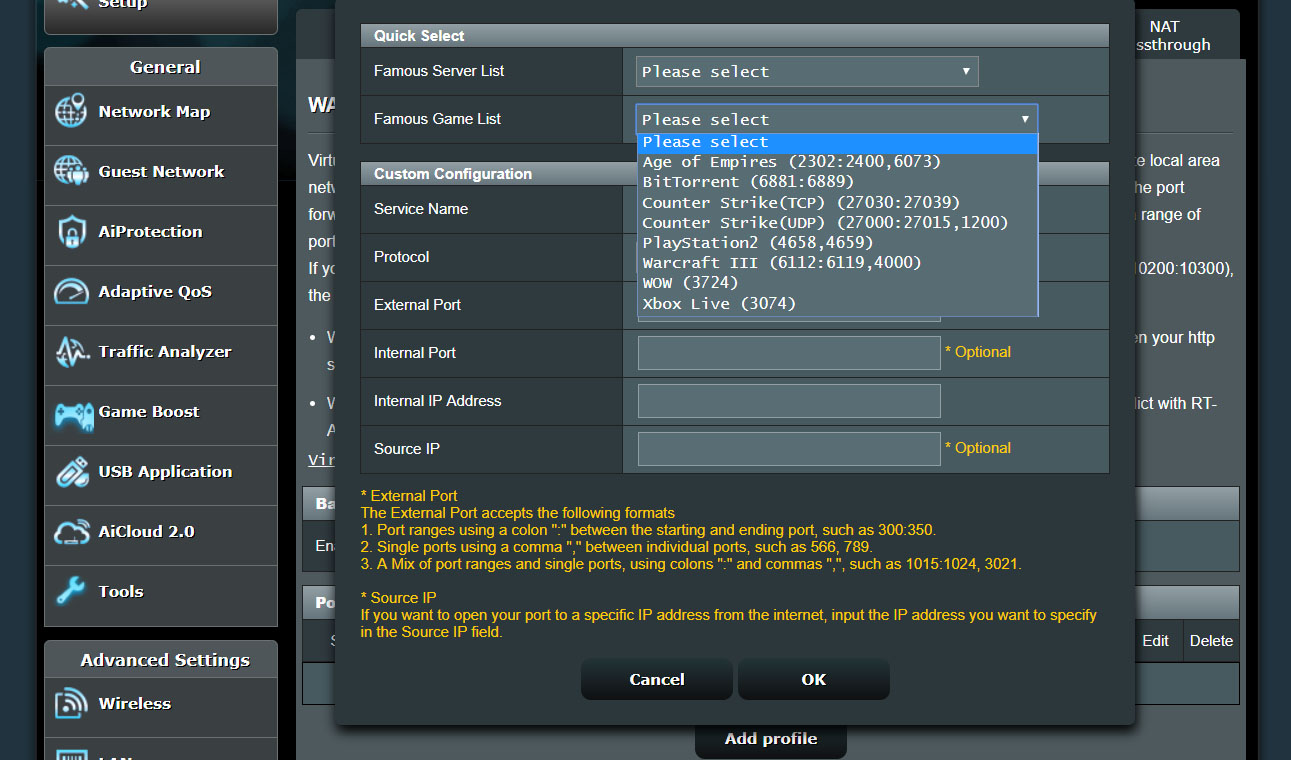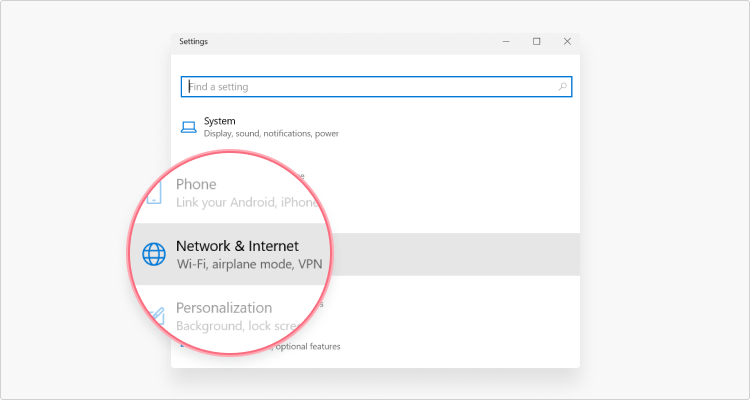

- #How to change nat type to open without router how to#
- #How to change nat type to open without router software#
#How to change nat type to open without router software#
Your software release may not support all the features documented in this module. NAT is also used at the enterprise edge to allow internal users access to the Internet. This ability provides more security by effectively hiding the entire internal network NAT can be configured to advertise to the outside world only Unique) addresses in the internal network into legal addresses.

Before packets are forwarded onto another network, NAT translates the private (not globally NAT enables private IP internetworks that use nonregistered IP addresses to connect to the Internet. This module also provides information about the benefits of configuring NAT for IP address
#How to change nat type to open without router how to#
This module describes how to configure Network Address Translation (NAT) for IP address conservation and how to configure

Additional References for Configuring NAT for IP Address Conservation.Example: Setting NAT Rate Limits for an IP Address.Example: Setting NAT Rate Limits for Access Control Lists.Example: Setting NAT Rate Limits for All VRF Instances.Example: Setting NAT Rate Limits for a Specific VRF Instance.Example: Setting a Global NAT Rate Limit.Example: Configuring the Rate Limiting NAT Translation Feature.Example: Creating a RADIUS Profile for NAT Static IP Support.Example: Configuring NAT Static IP Support.Example: Configuring Support for Users with Static IP Addresses.Example: Configuring NAT of External IP Addresses Only.Example: Enabling NAT Route Maps Outside-to-Inside Support.Example: Enabling Route Maps on Inside Interfaces.Example: Configuring Server TCP Load Balancing.Example: Configuring Dynamic Translation of Overlapping Networks.Example: Configuring Static Translation of Overlapping Networks.Example: Allowing Overlapping Networks to Communicate Using NAT.Example: Using NAT to Allow Internal Users Access to the Internet.Example: Configuring Dynamic Translation of Inside Source Addresses.Example: Configuring Static Translation of Inside Source Addresses.Configuration Examples for Configuring NAT for IP Address Conservation.Configuring the Rate Limiting NAT Translation Feature.Configuring Support for Users with Static IP Addresses.Configuring the NAT Default Inside Server Feature.Configuring NAT of External IP Addresses Only.Enabling NAT Route Maps Outside-to-Inside Support.Enabling Route Maps on Inside Interfaces.Configuring Static Translation of Overlapping Networks.Allowing Overlapping Networks to Communicate Using NAT.Changing the Timeouts When Overloading Is Configured.Configuring Address Translation Timeouts.Using NAT to Allow Internal Users Access to the Internet.Configuring Dynamic Translation of Inside Source Addresses.Configuring Static Translation of Inside Source Addresses.How to Configure NAT for IP Address Conservation.Address Translation of Overlapping Networks.



 0 kommentar(er)
0 kommentar(er)
